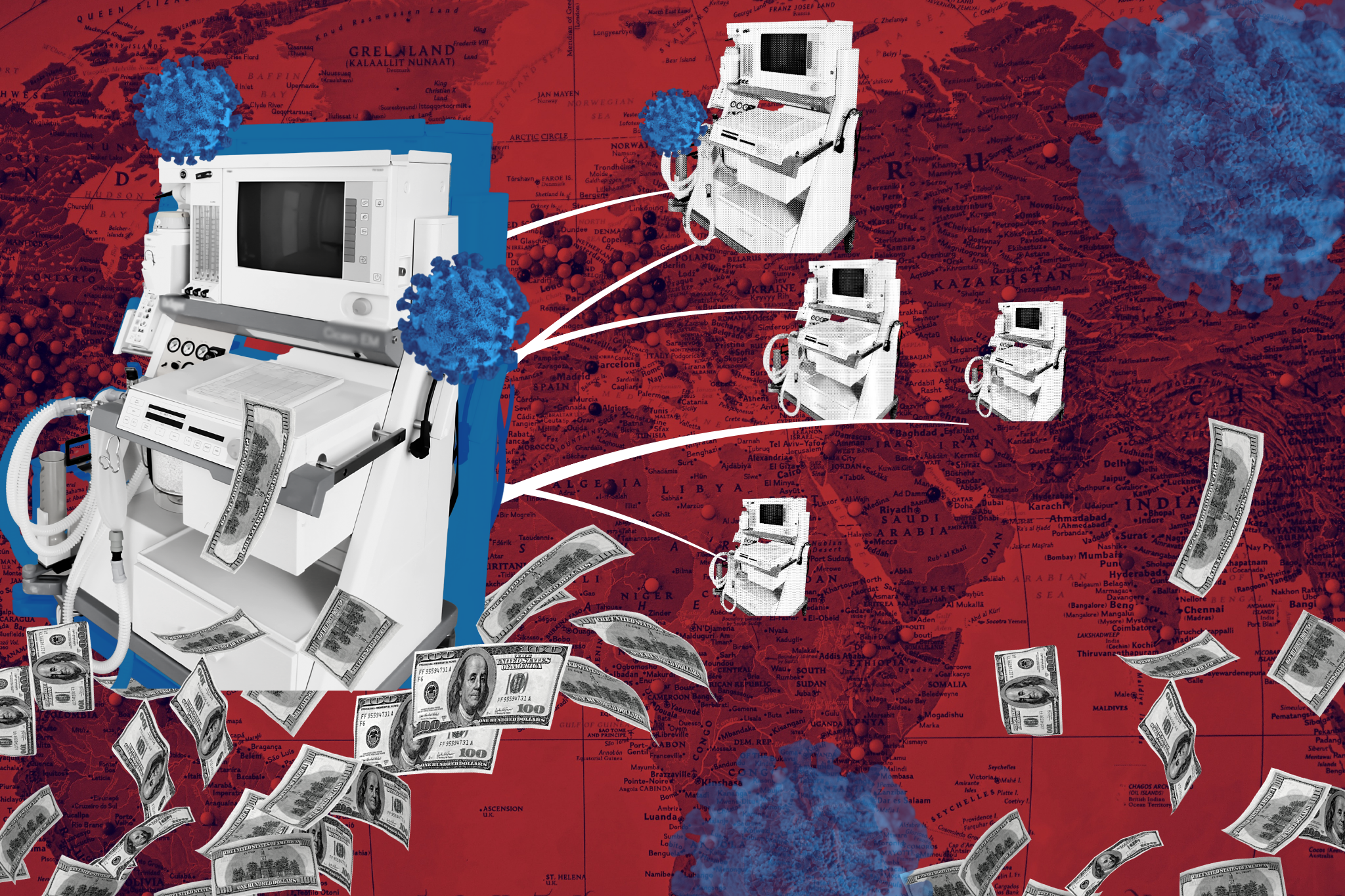USAID Watchdog Report Sheds Light on U.S. Ventilator Exports During Pandemic
The report found that the decision to donate ventilators was not supported by the Covid-19 response strategy that USAID had developed early on in the pandemic.

In July 2020, ProPublica reported that the Trump White House pushed the U.S. Agency for International Development to purchase thousands of ventilators and donate them abroad. A new report from the USAID Office of the Inspector General (OIG) found that the decision to donate ventilators was not supported by the Covid-19 response strategy that USAID had developed early on in the pandemic.
According to internal USAID documents and emails reviewed by ProPublica last summer, the equipment was donated to wealthy nations and even to locations ill-equipped to use certain devices. One USAID official told ProPublica that the effort, reportedly spearheaded by former President Trump, was run by “a group of people working in dysfunction.” Members of Congress also questioned how decisions were made about buying ventilators and about which countries would receive them.
The OIG report was preceded by an investigation by the Government Accountability Office, which found in January that the Trump administration had sent more than 8,700 ventilators around the world, at a cost of more than $200 million, with no way to keep track of where many of them ended up. The GAO found that major decisions about the initiative were made by the National Security Council, and could not identify the reasoning behind those decisions.
The OIG report confirmed these findings and found multiple discrepancies between the donations of ventilators and the Covid-19 response strategy USAID and the State Department had developed, which did not specifically mention ventilators. The agency’s initial strategy stated that the agency should prioritize Covid-19 interventions with the greatest “potential for broad impact.” OIG noted that ventilators, unlike other medical equipment, only assist a limited amount of Covid-19 patients. According to the World Health Organization, only about 5 percent of people who contract Covid-19 may need ventilation.
In its strategy, USAID had also proposed to support countries the World Bank had designated as low- or middle-income. But more than half of all ventilator donations were made to upper-middle- or high-income countries. The Washington Post reported that as of December 2020, the State Department only knew where the ventilators were and how they were being used in 12 of 43 countries.
The Trump administration’s disorganized ventilator donations were one of many issues with medical supply distribution and procurement. A congressional report in July 2020 showed that the administration mismanaged a contract for ventilators that had been signed in 2014 stipulating the provision of ventilators by November 2019. But the Trump administration gave the manufacturer years in extensions, delaying the delivery until 2021. In April 2020, the administration signed a new contract with the same company in which the government overpaid by as much as $500 million. The misstep came at a time when crucial medical equipment, including ventilators, were in short supply across the country. Similarly, earlier this year, the Defense Department Inspector General found that the Pentagon had overpaid by half a million dollars for N95 masks, hand sanitizer, viral transport tubes, and isolation gowns.
To learn more about crucial medical supply shortages during the pandemic, check out our Covid Oversight Hub.